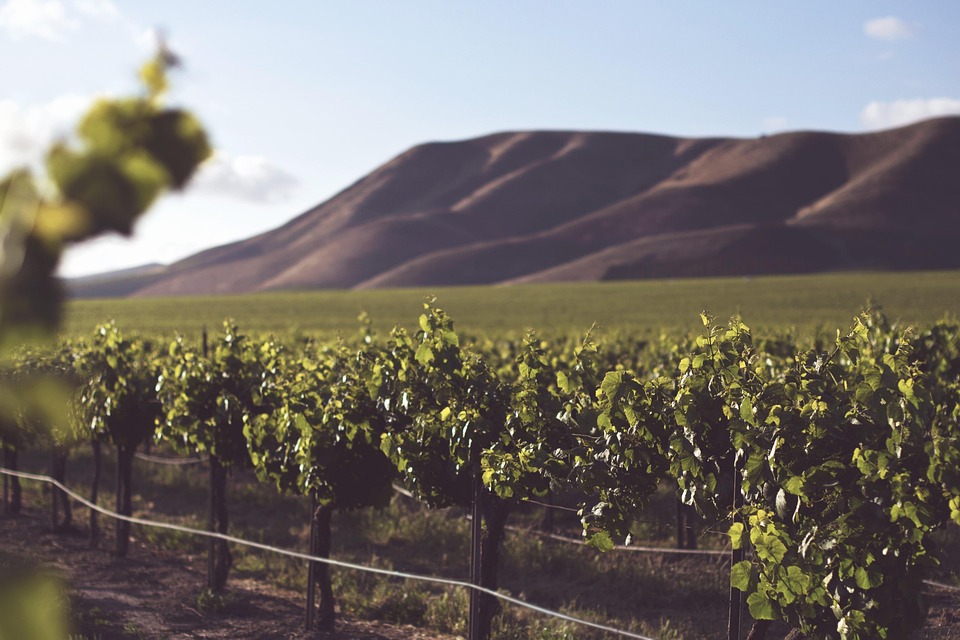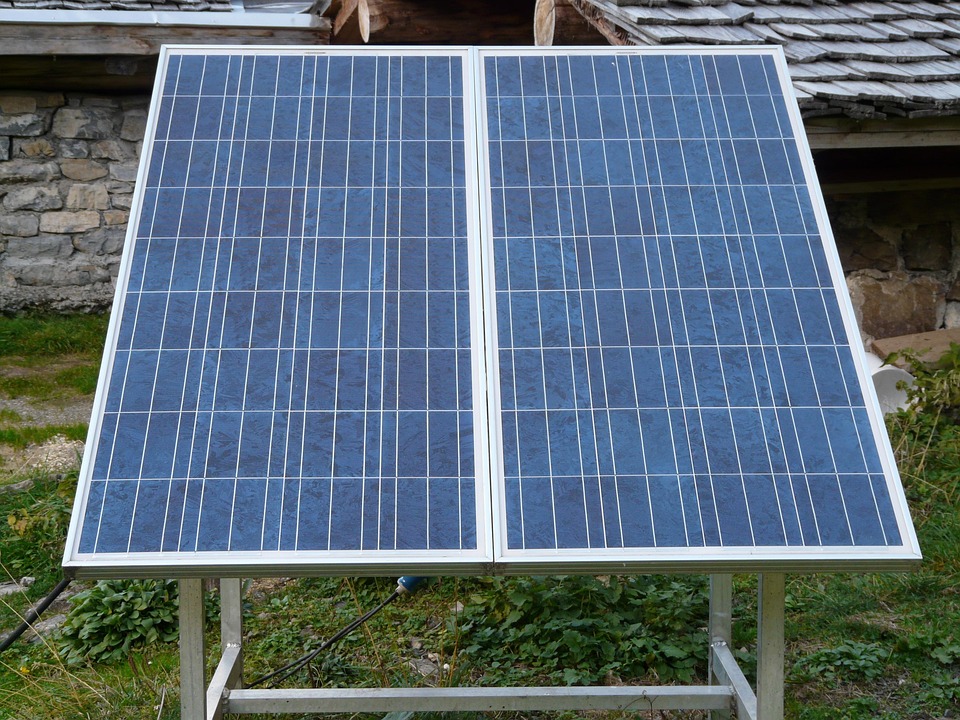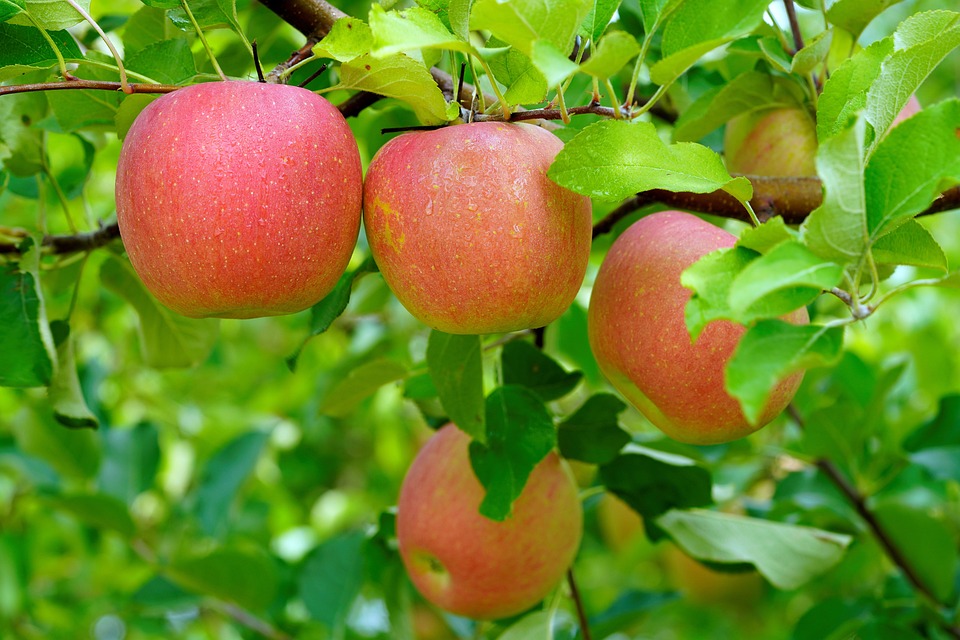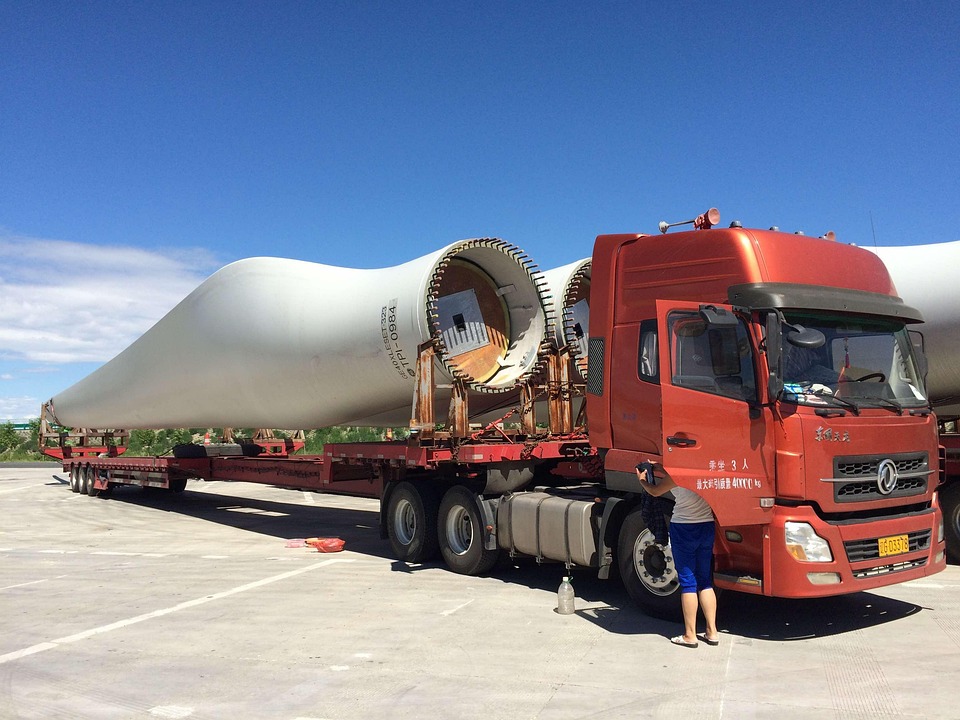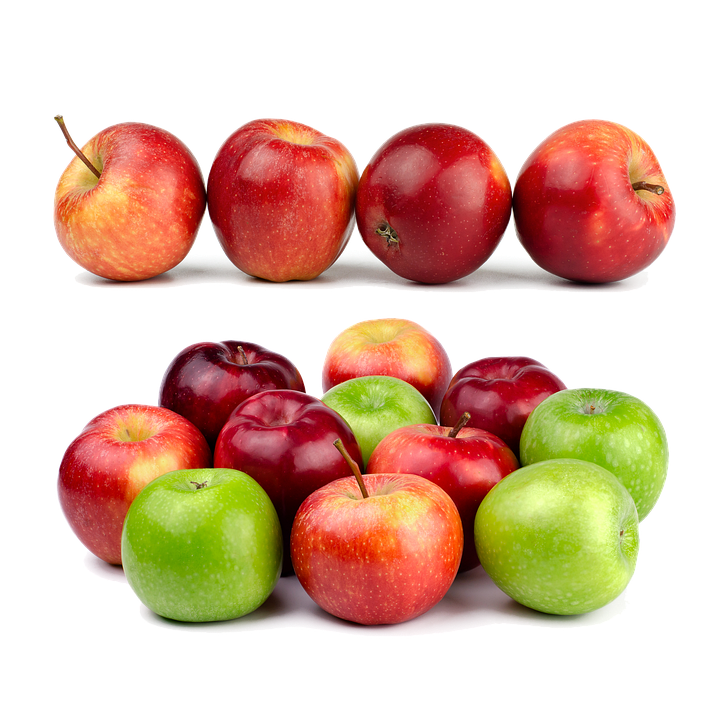**From Local Culture to Conservation: The Benefits of Sustainable Tourism**
## From Local Culture to Conservation: The Benefits of Sustainable Tourism Imagine stepping into a vibrant local market, the air thick with the aroma of spices and fresh produce. Colorful stalls beckon with handmade crafts, while the chatter of locals fills the air, brimming with laughter and stories. This vibrant experience not only stimulates your senses but also enriches local communities and empowers sustainable practices. This is the essence of sustainable tourism, an approach to travel that respects local cultures and contributes to the conservation of our planet. ### The Essence of Sustainable Tourism Sustainable tourism is more than just a trend; it’s a responsibility that individuals, businesses, and communities share. It focuses on providing a travel experience that fosters environmental stewardship and cultural appreciation. Travelers are increasingly aware of their impact on destinations, sparking a change in how we think about vacations. This shift is crucial not only for the places we visit but for our collective future. ### Local Culture: The Heartbeat of Sustainable Travel One of the most beautiful aspects of sustainable tourism is its emphasis on local culture. When travelers choose to engage with communities, they gain insights that are often lost to those who focus solely on typical tourist attractions. #### Authentic Experiences Participating in local traditions or joining community-led activities—like a cooking class or artisan workshop—transforms a vacation from a passive experience into an active engagement. For example, imagine learning how to create a traditional dish from a grandmother in a quaint village. This experience not only enriches your travel but also provides the local community with much-needed economic support. #### Economic Empowerment Sustainable tourism empowers communities economically. It creates jobs and fosters local businesses, ensuring that the revenue generated from tourism remains within the community. When travelers opt for locally-owned hotels, eateries, and guides, they contribute to a more robust local economy. ### Conservation: Protecting Our Planet While local culture flourishes, sustainable tourism also plays a vital role in conserving natural resources. With increasing awareness of climate change and environmental degradation, travelers are more likely to seek eco-friendly options. #### Responsible Wildlife Tourism One of the most significant areas is wildlife tourism. Responsible tourism practices advocate for wildlife preservation rather than exploitation. Think of elephant sanctuaries that focus on rehabilitation instead of entertainment. Here, tourists can learn about local wildlife while supporting efforts to protect endangered species and their natural habitats. #### Sustainable Accommodations Choosing eco-friendly accommodations also contributes to conservation. Many hotels now employ sustainable practices, including energy efficiency, water conservation, and waste reduction. By opting for these green lodgings, travelers can minimize their environmental footprint while enjoying their stay. ### Community-Driven Projects Communities worldwide are launching initiatives to promote sustainable tourism. These projects aim to preserve local heritage while ensuring economic benefits for the residents. For instance, some regions develop visitor centers that educate travelers on local history, ecology, and culture. These centers often offer workshops and tours led by locals, creating an interactive experience that enriches both visitors and hosts. ### The Ripple Effect: Why It Matters The ripple effect of sustainable tourism extends well beyond the immediate experience. By consciously choosing sustainable practices, travelers can influence larger industries and encourage corporations to adopt more ethical practices. When the demand for sustainable options rises, businesses respond, creating a culture of responsibility and care. #### Global Consciousness As more travelers embrace sustainable tourism, they cultivate a global consciousness. This collective awareness fosters respect for people, cultures, and the planet. It encourages discourse and action around critical issues like climate change, social justice, and cultural preservation, impacting the world at large. ### Pro Tips for Sustainable Travel Now that we’ve explored the benefits, here are some pro tips to make your next trip sustainable: 1. **Choose Local Over Chain:** Opt for locally-owned accommodations and eateries to support the economy. 2. **Pack Light:** Reducing your luggage minimizes fuel consumption— and it can also make your travel experience more enjoyable! 3. **Research Before You Go:** Understand the customs and traditions of your destination. It shows respect and enhances your experience. 4. **Leave No Trace:** Be mindful of your environmental footprint. Follow the principles of “Leave No Trace” when exploring natural settings. 5. **Use Public Transport:** Whenever possible, opt for public transportation, biking, or walking to explore your destination. 6. **Support Conservation Efforts:** Participate in local conservation programs or donate to reputable organizations focused on preserving natural habitats and wildlife. 7. **Engage with the Community:** Attend local festivals or cultural events, and seek to understand the traditions and lifestyles of the people. ### Conclusion: A Journey Towards Change Travel is an avenue to explore the world and learn about ourselves. By prioritizing sustainable tourism, we can ensure that future generations have the opportunity to experience the beauty and richness of diverse cultures and ecosystems. With every trip, each choice we make contributes to a larger narrative of compassion, culture, and conservation. So, the next time you pack your bags for an adventure, remember: it’s not just about the destination, but about how you journey there. Choose sustainably, travel responsibly, and leave behind a world that is as beautiful, if not more so, than the one you found.


